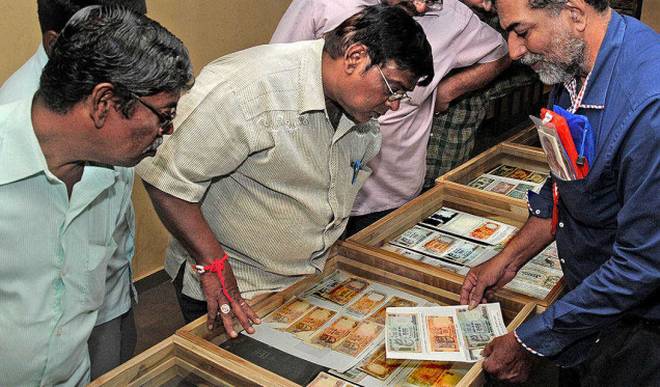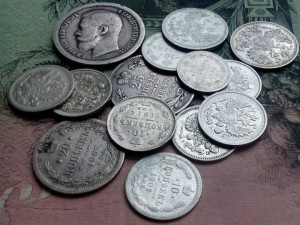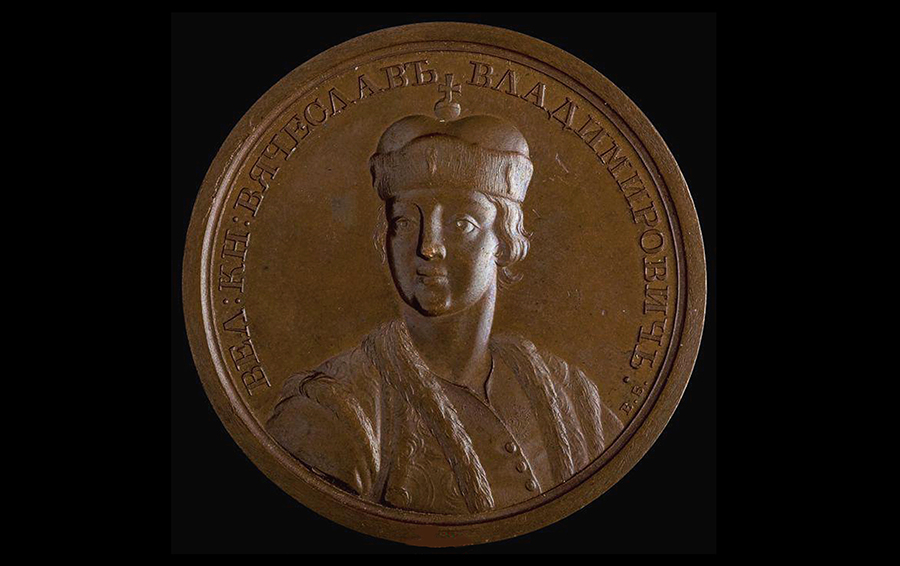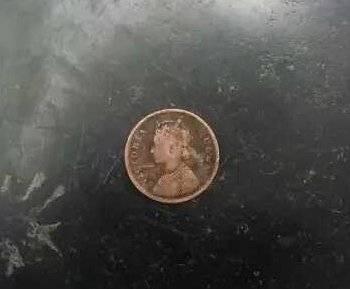correct decision
Coin collecting as a hobby
 Modern collectors collect various items. Some collect stamps, others – coins, and there are those that are particularly original.
Modern collectors collect various items. Some collect stamps, others – coins, and there are those that are particularly original.
Collecting coins is very popular, because everyone who has found or received an unusual coin as a gift will definitely want to receive one more, and then increase their number at times. So, a person turns into a collector, without even waiting for it, and then begins not only to collect them, but also to study them. Continue reading
Oriental coins (VII-XXI century)
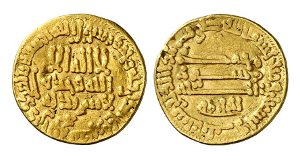 The conquerors of the territories that previously belonged to Byzantium were not familiar with the coinage before the reign of Muhammad, and therefore the history of the Arab coinage begins with imitation of coins of the Byzantine and Sassanian type. In part, these imitations were a rather loose interpretation of the original. Along with them, images of the ruling caliphs were minted on Arab coins.
The conquerors of the territories that previously belonged to Byzantium were not familiar with the coinage before the reign of Muhammad, and therefore the history of the Arab coinage begins with imitation of coins of the Byzantine and Sassanian type. In part, these imitations were a rather loose interpretation of the original. Along with them, images of the ruling caliphs were minted on Arab coins.
Around 696-698, Caliph Abdul-Malik ibn Mervan from the Umayyad dynasty (685-705) carried out a reform of the eastern monetary system. Continue reading
Byzantine coins (ca. 500-1453)
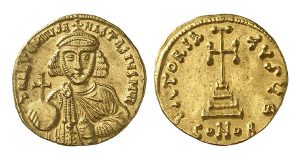 The fall of the Roman Empire was in the late Middle Ages, at least in the east of Europe. After the death of Emperor Theodosius I in 395, the Roman Empire was divided into two parts, and in its eastern part a “Byzantine Empire” was formed, the name of which comes from the original name of the capital “Byzantium”. At the same time, the “Byzantine” empire became known only in the historical science of modern times. The Byzantines themselves always considered and called themselves “Romans” and never “Byzantines”. Continue reading
The fall of the Roman Empire was in the late Middle Ages, at least in the east of Europe. After the death of Emperor Theodosius I in 395, the Roman Empire was divided into two parts, and in its eastern part a “Byzantine Empire” was formed, the name of which comes from the original name of the capital “Byzantium”. At the same time, the “Byzantine” empire became known only in the historical science of modern times. The Byzantines themselves always considered and called themselves “Romans” and never “Byzantines”. Continue reading
